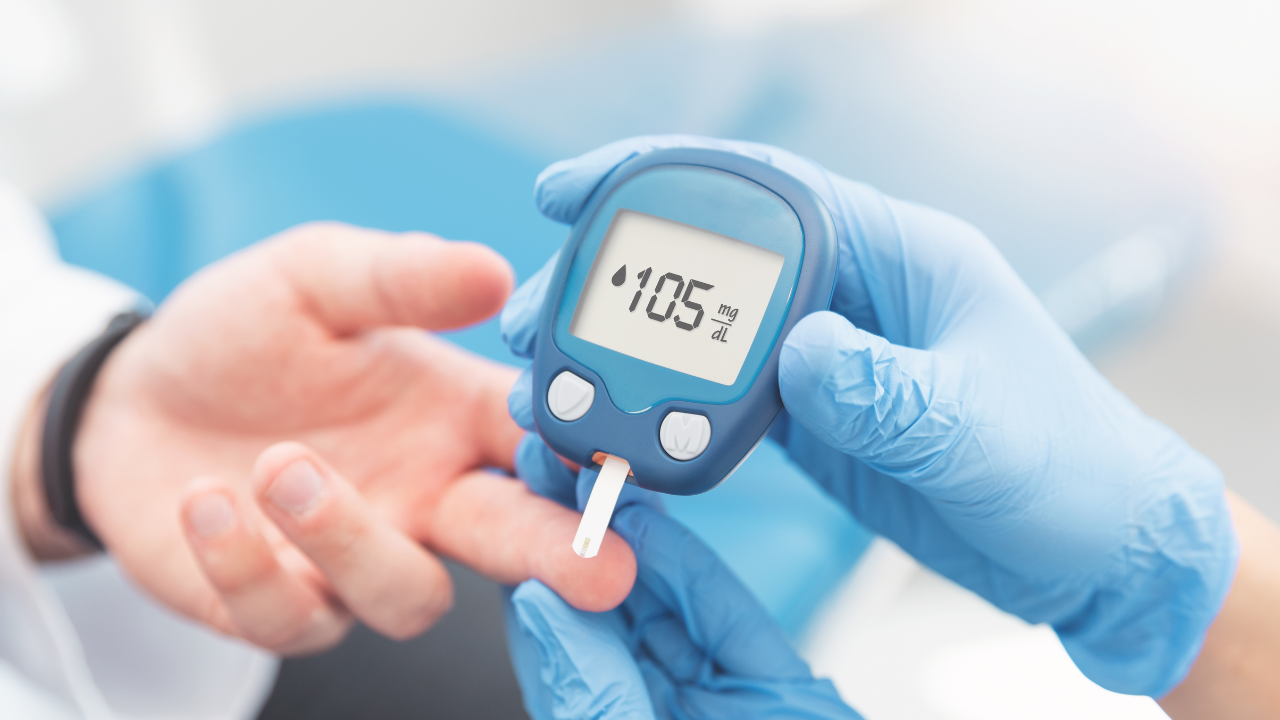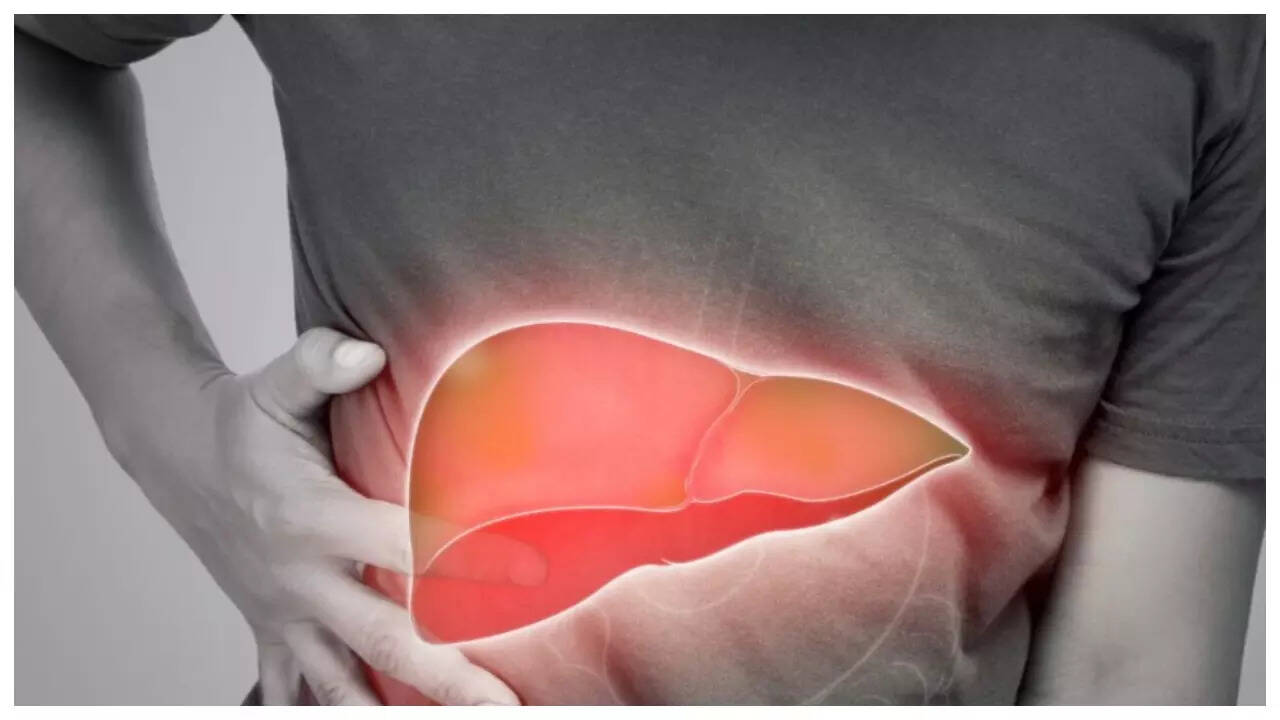A coma is a serious medical condition where a person is alive but deeply unconscious and unable to respond to their surroundings. Unlike natural sleep, coma patients cannot be awakened by sound, touch, or pain. It often results from brain injury, stroke, infection, or oxygen deprivation and requires immediate emergency care. Some comas are temporary and reversible, while others may lead to long-term disability or death. Understanding the causes, symptoms, and treatment options is crucial not only for timely intervention but also for supporting families through an uncertain and emotional recovery journey.
Common causes of coma you should know
Comas are caused by injury or damage to the brain. This may result from a range of events, including trauma, lack of oxygen, bleeding, or toxic build-up in the body. More than half of coma cases stem from head injuries or problems in the brain’s blood circulation. Key causes include:
Traumatic brain injury : A blow to the head can cause swelling or bleeding, which puts pressure on the brain and affects areas that regulate consciousness.- Stroke: If blood flow to the brain is blocked or if a brain artery ruptures, vital brain functions can shut down, leading to a coma.
- Oxygen deprivation (anoxic brain injury): Cardiac arrest, drowning, or suffocation can starve the brain of oxygen, leading to cell death within minutes.
- Blood sugar imbalances: Diabetics are at risk of coma from very high (hyperglycemia) or very low (hypoglycemia) blood sugar levels.
- Infections: Conditions like meningitis or encephalitis can cause inflammation in the brain, disrupting its function.
- Toxins and metabolic imbalances: The body may fail to eliminate toxins like ammonia (from liver failure) or urea (from kidney failure). Drug or alcohol overdose can also lead to coma.
- Seizures: A single seizure doesn’t typically cause coma, but continuous or repeated seizures, known as status epilepticus, can prevent the brain from recovering and lead to unconsciousness.
Different types of coma and what they mean
There are several types of coma, based on the underlying cause and brain activity:
- Toxic-metabolic encephalopathy: A reversible condition marked by confusion due to infection, organ failure, or other systemic illnesses.
- Persistent vegetative state: Characterised by wakefulness without awareness. Basic functions like breathing continue, but higher brain activity is severely impaired.
- Medically induced coma: Sometimes doctors intentionally induce coma using anaesthetics to protect the brain during severe swelling or trauma.
- Diabetic coma: Triggered by dangerously high or low blood sugar levels in people with diabetes. Both types are life-threatening but treatable if addressed quickly.
- Anoxic coma: Caused by complete lack of oxygen to the brain, often due to cardiac arrest or drowning.
Warning signs and symptoms of coma
While someone in a coma may appear to be sleeping, there are distinctive signs that indicate a much deeper loss of consciousness:
- No response to voices, touch, or pain.
- No voluntary movement or eye-opening.
- Fixed or unresponsive pupils.
- Irregular breathing patterns.
- Lack of muscle control; muscles may appear stiff or unusually relaxed.
- No verbal sounds or responses.
Input from family members about the person’s recent behaviour, health history, or medication use can also help identify the cause.
How doctors diagnose a coma: tests and evaluations
Diagnosing a coma involves assessing the level of unconsciousness and determining its cause. Doctors use the Glasgow Coma Scale to evaluate eye, verbal, and motor responses. Blood tests, brain scans (CT or MRI), and sometimes a spinal tap help identify issues like infections, bleeding, or toxins. An EEG may be used to monitor brain activity. Information from family about symptoms or medical history can also assist in diagnosis. Quick and accurate evaluation is key to effective treatment and recovery.
Coma treatment : emergency care and long-term support

A coma is a medical emergency requiring rapid intervention to stabilise the patient and treat the underlying cause:
- Emergency care may include oxygen, intravenous fluids, glucose (for low blood sugar), or naloxone (for opioid overdose).
- Hospital treatment may involve antibiotics (for infections), surgery (to relieve brain pressure or remove a tumour), or anti-seizure medications.
- Life support systems such as ventilators may be needed if the person cannot breathe independently.
Supportive care is also critical:
- Nutrition via feeding tubes ensures the person receives calories and fluids.
- Skin care and regular repositioning help prevent bedsores.
- Bladder and bowel management using catheters and adult briefs.
- Physiotherapy to prevent muscle contractures and maintain joint flexibility.
Recovering from a coma is often a slow and uncertain process, influenced by the cause, extent of brain injury, and how quickly treatment was started. While some patients regain consciousness within days or weeks, others may remain unresponsive for longer periods, progressing through stages of awareness and confusion before reaching full consciousness. Each step, however small, can be a powerful sign of hope.Recovery may require intensive rehabilitation, including physical, occupational, and speech therapy, and the support of loved ones becomes essential throughout this journey. Though some may face lasting disabilities, many go on to regain meaningful levels of independence and quality of life. With the right care and persistence, healing is possible, and even in the face of uncertainty, hope endures.Also Read: 9 psychological tricks to stop overthinking and sleep peacefully at night






